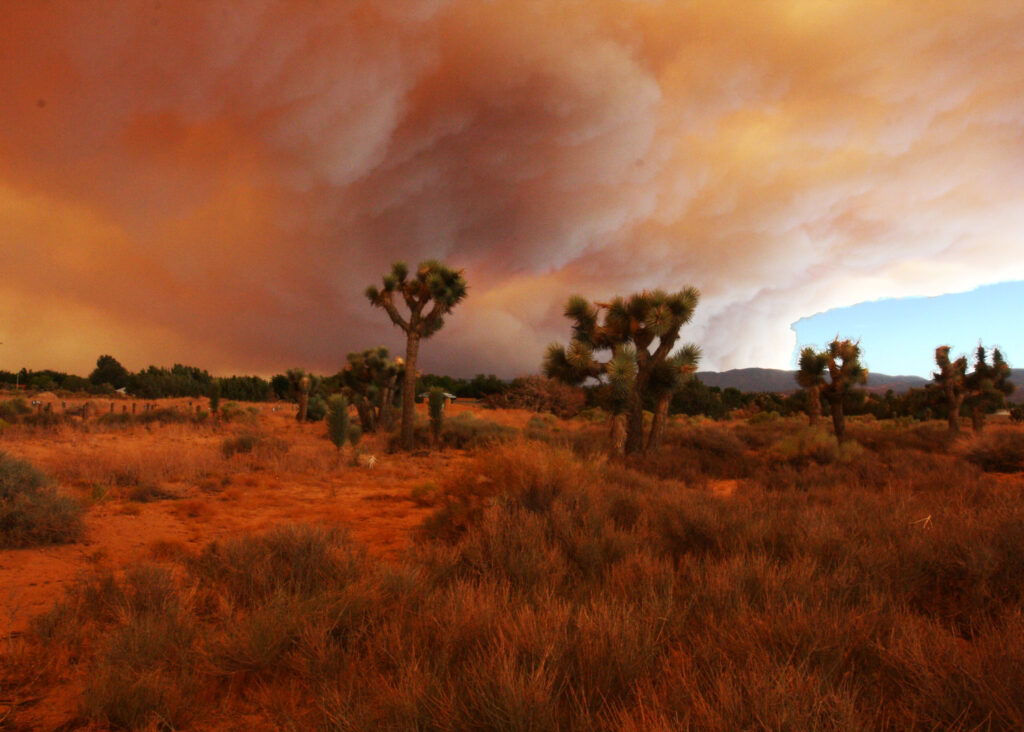As California tries to reduce the risk of catastrophic wildfire, the state has run into an unexpected obstacle: air pollution regulation. The New Yorker reports on how this regulation has paradoxically blocked prescribed burns and other risk-reduction methods, even though they reduce air pollution overall:
The California Air Resources Board restricts prescribed burns to days when pollution is at acceptable levels and the weather likely to disperse emissions from fire. In practice, this means that burning can occur only during a few weeks in the spring. In summer and autumn—the seasons when forests would burn naturally—the state’s air usually falls foul of the Clean Air Act. These are also the months that are most prone to uncontrollable wildfires, whose smoke is far more damaging to human health than that from prescribed fire. But, perversely, because wildfires are classified as natural catastrophes, their emissions are not counted against legal quotas.
This is an unfortunately common problem in environmental regulation. The choice of regulatory tool ultimately biases how we perceive the problem. It’s like the old saying “to a hammer, everything looks like a nail.” When environmental regulation targets only certain types of activity, the effect can be to ignore opportunities to address other significant environmental problems that don’t fit the tool.
In the Clean Air Act, for instance, many pollution sources are overlooked in favor of other sources that are more easily targeted by the chosen regulatory approach. As the forest fire example shows, this includes “natural” pollution sources, even if human activity and land management influence emissions from these sources. It also includes pollution sources that predate the law’s enactment. For instance, the Clean Air Act grandfathered in emissions from existing coal-burning power plants while imposing strict and expensive requirements on new sources. The effect was a huge financial incentive to keep existing (dirty) plants operating to avoid the cost of building new (cleaner) plants. Ultimately, the choice of regulatory tool (strict requirements for new sources) affects which aspects of the problem gets attention.
Nor is this problem unique to the Clean Air Act. The Clean Water Act has a similar effect. Because that law principally regulates “point sources”–pipes and other discrete conveyances of pollution–other sources can go overlooked, even if they contribute significantly to water quality problems. The biggest such sources are agricultural and urban stormwater runoff. Another is acid mine drainage from abandoned mines, which affect 40% of headwater streams in the U.S.
Free market environmentalism can avoid this problem because its primary tool, the price signal, is agnostic about where environmental improvements come from. A market for air quality, for instance, would allow investments in wildfire-risk reduction, including the use of prescribed burns, if it is more cost-effective than mitigating air pollution in other ways. Similarly, water quality trading has enabled significant reductions in non-point source pollution, including agricultural runoff, where such reductions could be achieved more cheaply than additional reductions from point sources (which is often the case).




